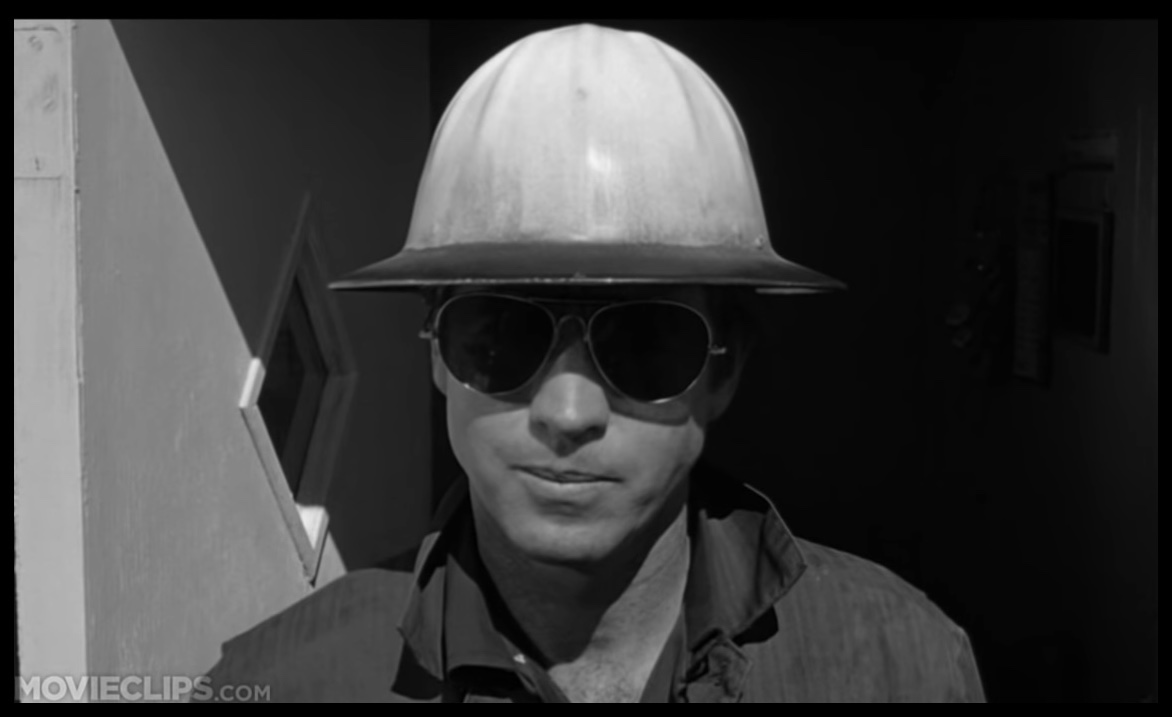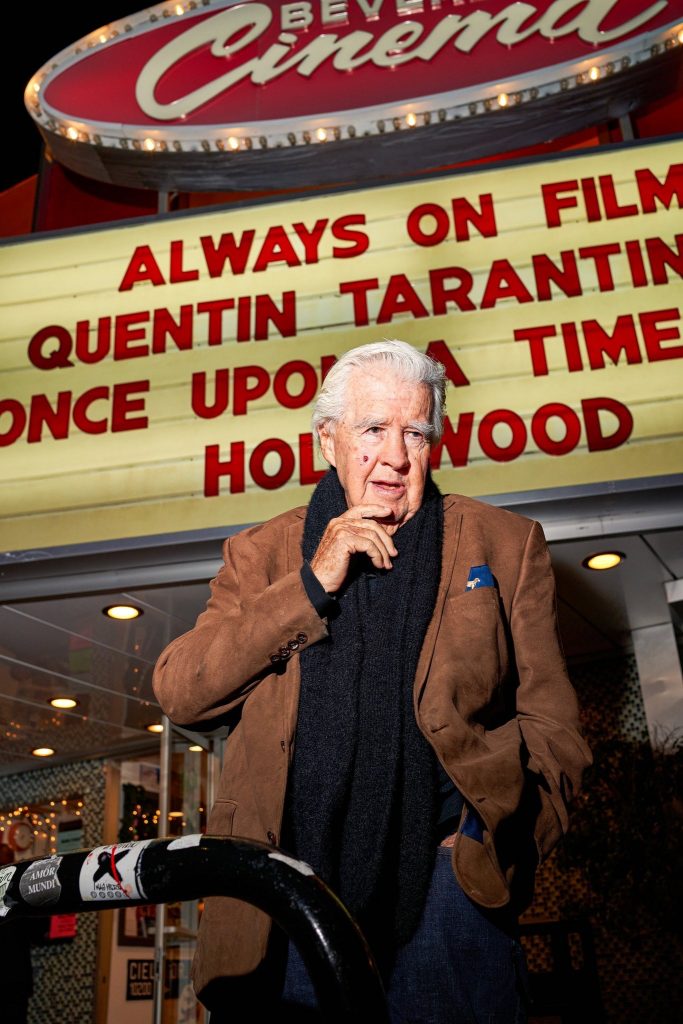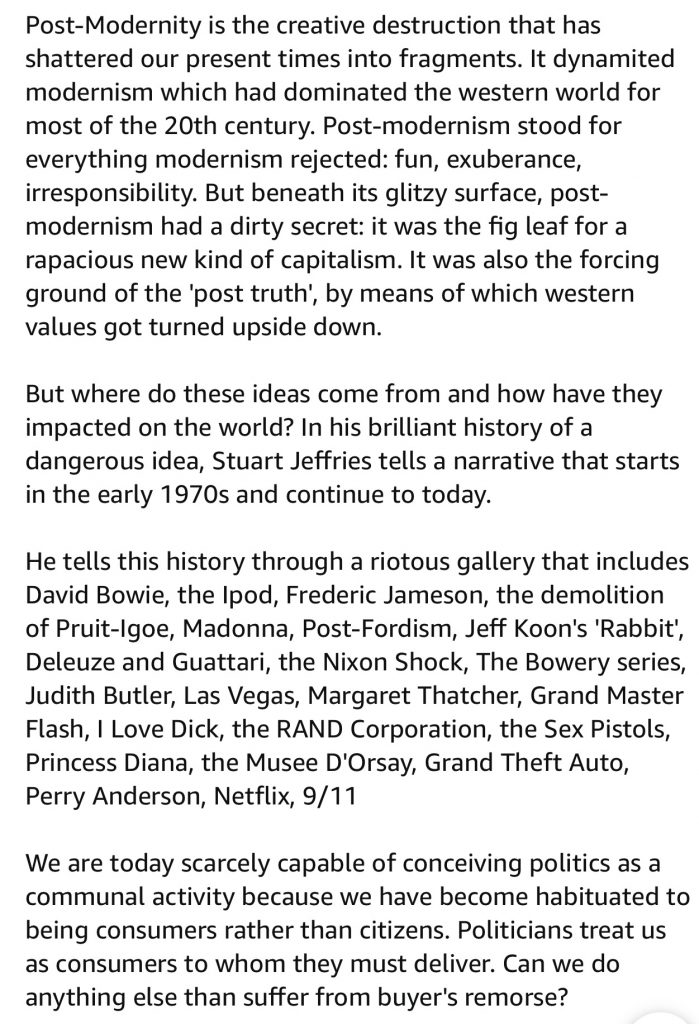Seasoned director–writer friendo: “I’ve heard from [a post-production guy] that the low Batgirl test scores are accurate and that it’s basically not releasable. Quote: ’It makes Catwoman with Halle Berry seem like Abel Gance’s Napoleon.’
“Kevin Smith and others are castigating David Zaslav for this, but a stinker is a stinker.”
Follow–up: “The info is from a transfer house that uploaded a digital internal workprint for online viewing. It was the same version that was test-screened…[he] had heard it hadn’t gone well and knew why.
“There were a copious amount of ‘scene missings’ and incomplete or vacant opticals, but [he] said it plays like a long unsold pilot for the CW.”
An 8.2 THR story by Aaron Couch titled “Behind The Cancellation of Batgirl” reported a test score of a “very early version” (also described as a “director’s cut”) of Batgirl in the “lower 60s.”
That’s definitely a subdued, unencouraging response — not necessarily a sign of major difficulty as horror films, according to Couch’s story, tend to test in the 60s. It reportedly tested in that 60something range, and the downish but dynamically styled Black Swan allegedly tested around 55.
But Batgirl is a feminist superhero flick with a Latina star (In The Heights’ Leslie Grace) so how exactly would that kind of film be regarded as one that pushes horror buttons and could therefore be afforded a little statistical slack? The noirish D.C. brand is one thing; horror another.
Any way you slice it, it’s hard to imagine a seasoned marketer being enthused about a superhero flick testing in the low 60s.
From a 2.10.17 THR story about an exceptionally high test screening of Guardians of the Galaxy 2:





